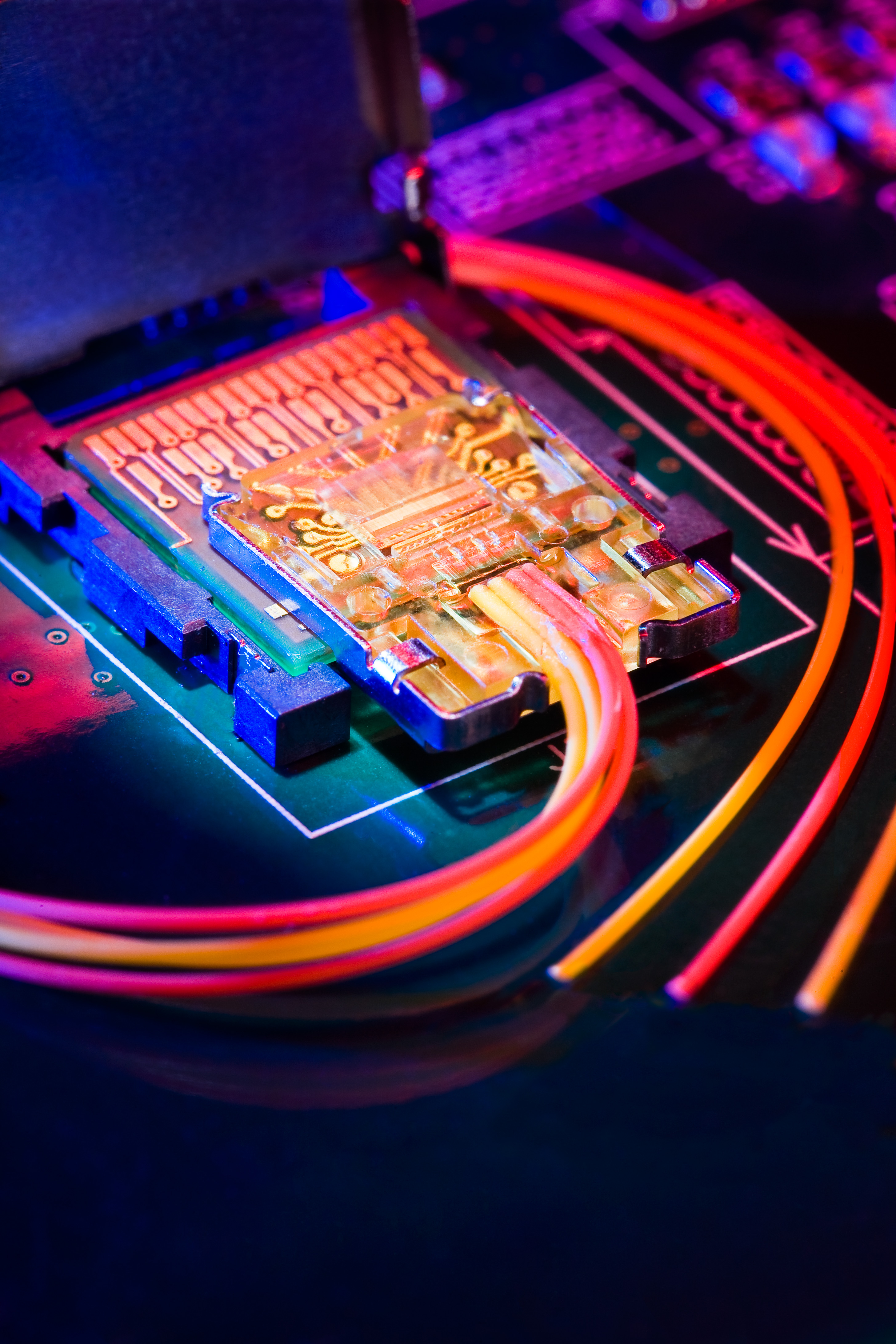Intel Light Peak ''Launching'' in 2011, Maybe 2012
Intel's optical-based successor to USB 3.0 may worm its way into products during 2011.
It only makes sense that Intel's Light Peak is the next step after USB 3.0. After all, there's only so much speed you can push across a wire--optical cables however can handle far more data. The new tech is slated to not only provide a transfer rate of 10 Gbps, but will also be backwards compatible with a USB 3.0 port.
With that said, it's no wonder that Intel is pushing its new technology to take the place of the current USB tech in 2011. "We view this as a logical future successor to USB 3.0," said Intel's Kevin Kahn during a speech at the Intel Developer forum in Beijing (via PCWorld). "In some sense we'd... like to build the last cable you'll ever need."
Kahn said that Intel plans to make the Light Peak technology available late this year, and expects Intel partners to bring Light Peak-enabled devices to the market sometime next year. But with USB 3.0 just recently out the door, Light Peak may not go mainstream until at least the beginning of 2012 if not later.
"We expect both [USB 3.0 and Light Peak] to exist together in the market and perhaps on the same platform at the same time," Kahn said during a presentation. While there's no conflict between the two technologies, Light Peak will still have the upper hand by allowing USB and other protocols to run together on a single, longer cable. The connections are also smaller than USB jacks, an important factor with small mobile devices.
Kahn said that Intel may add Light Peak supports into its chipsets, depending on how fast the industry embraces the new optical technology next year.
Get Tom's Hardware's best news and in-depth reviews, straight to your inbox.

Kevin Parrish has over a decade of experience as a writer, editor, and product tester. His work focused on computer hardware, networking equipment, smartphones, tablets, gaming consoles, and other internet-connected devices. His work has appeared in Tom's Hardware, Tom's Guide, Maximum PC, Digital Trends, Android Authority, How-To Geek, Lifewire, and others.
-
kresso Oh, I have been waiting for commercial applications like this for a long time. I remember going to a physics seminar back in college about using light in this way.Reply -
mavroxur This would've made sense to be the successor to USB 2.0 in my opinion. The whole funky USB 3.0 connector concept never sat too well with me. Would be neat to have a USB connector with the optical pass through inside the connector all the way at the back or something, so it would be physically the same as a USB connector.Reply -
helldog3105 With as hard as some people can be on cables, they want to give them Optical cables, which cannot be bent past certain angle and maintain a working connection? I see bad things happening with this tech..Reply -
mavanhel If I remember correctly, when USB 3.0 came out and the new motherboards were being produced I think Intel said that they were going to stay away from on-die support for USB 3.0 until 2011. So are they just trying to take USB out of Intel systems now?Reply -
gamerk316 mavanhelIf I remember correctly, when USB 3.0 came out and the new motherboards were being produced I think Intel said that they were going to stay away from on-die support for USB 3.0 until 2011. So are they just trying to take USB out of Intel systems now?Reply
Not entirely true; for short distences, its not a concern. Hence why Optical has been used in other consumer applications (SPDIF) for some time now. -
noneedformonkeys I think Intel is right-on to push this tech into the home market. Aside from just being outright cool, high bandwidth optical links have been a standard for interconnecting enterprise solutions for many many years (like the backbone to connecting the everything we know as the internet). Optical links are only limited by total angular reflection, and diffusion of the optical fiber substrate. In theory, optical links can transmit data for thousands of kilometers on a strand, they can transmit data point-to-point at just shy of the true speed of light, and one strand can further multiply it's data bandwidth by sending different data streams at different wavelengths. It may be 10Gbits now, but this tech has the growth potential to handle hundreds of times more bandwidth on the same fiber strand. I am looking forward to optical computing in my lifetime, this tech is another small step in that direction. We should all be excited by this.Reply
Embrace the future :)
